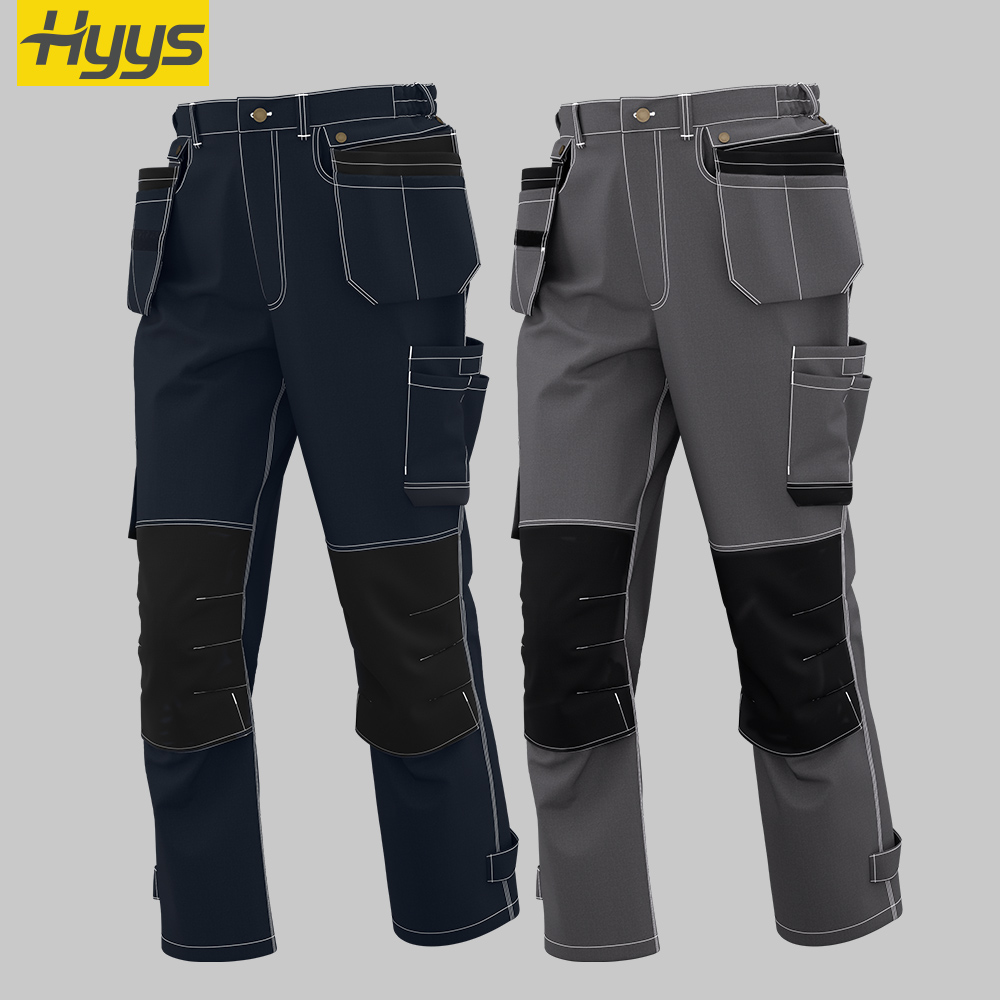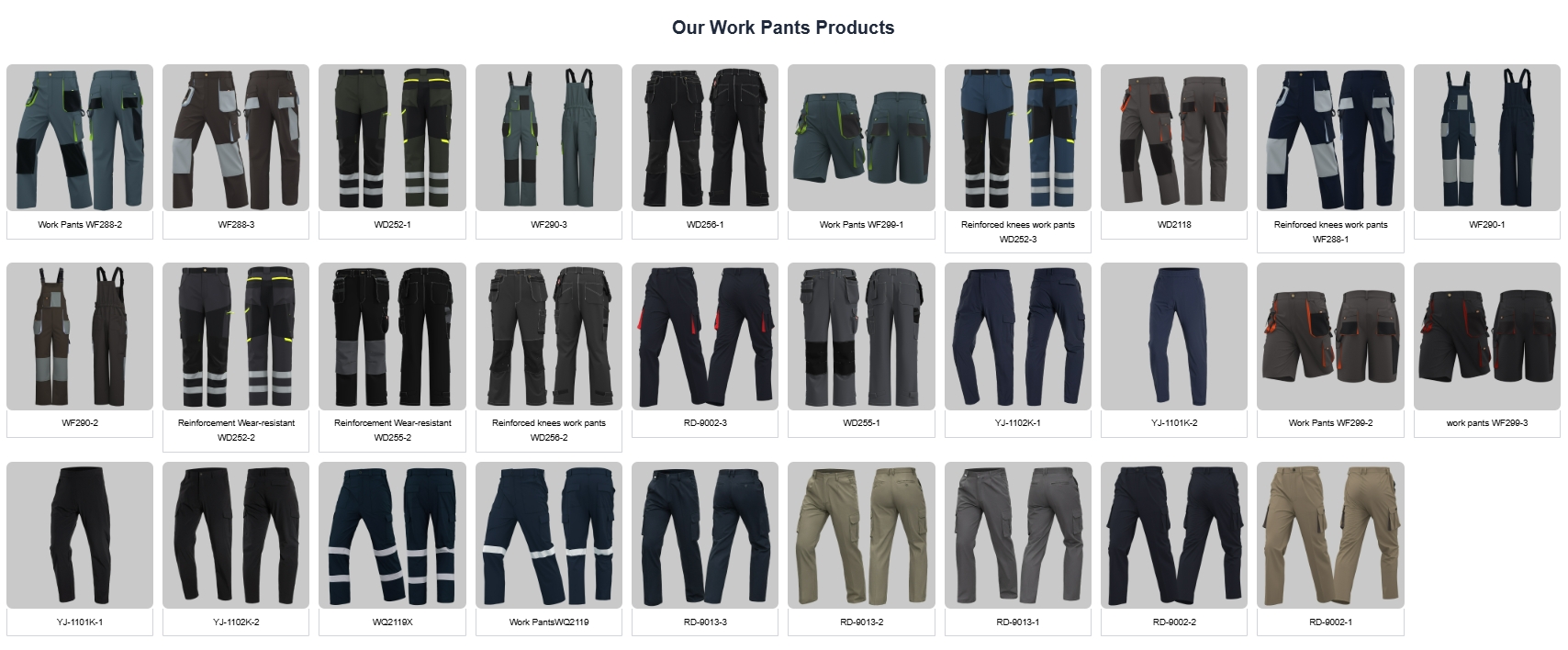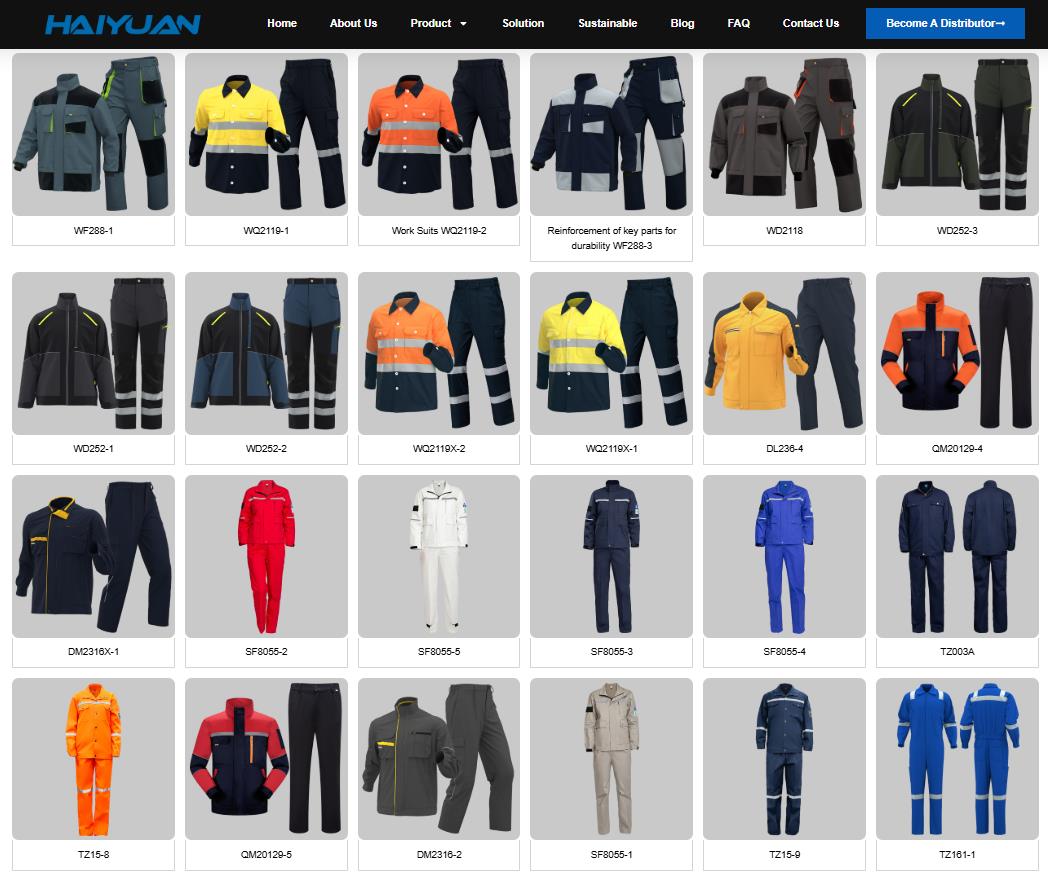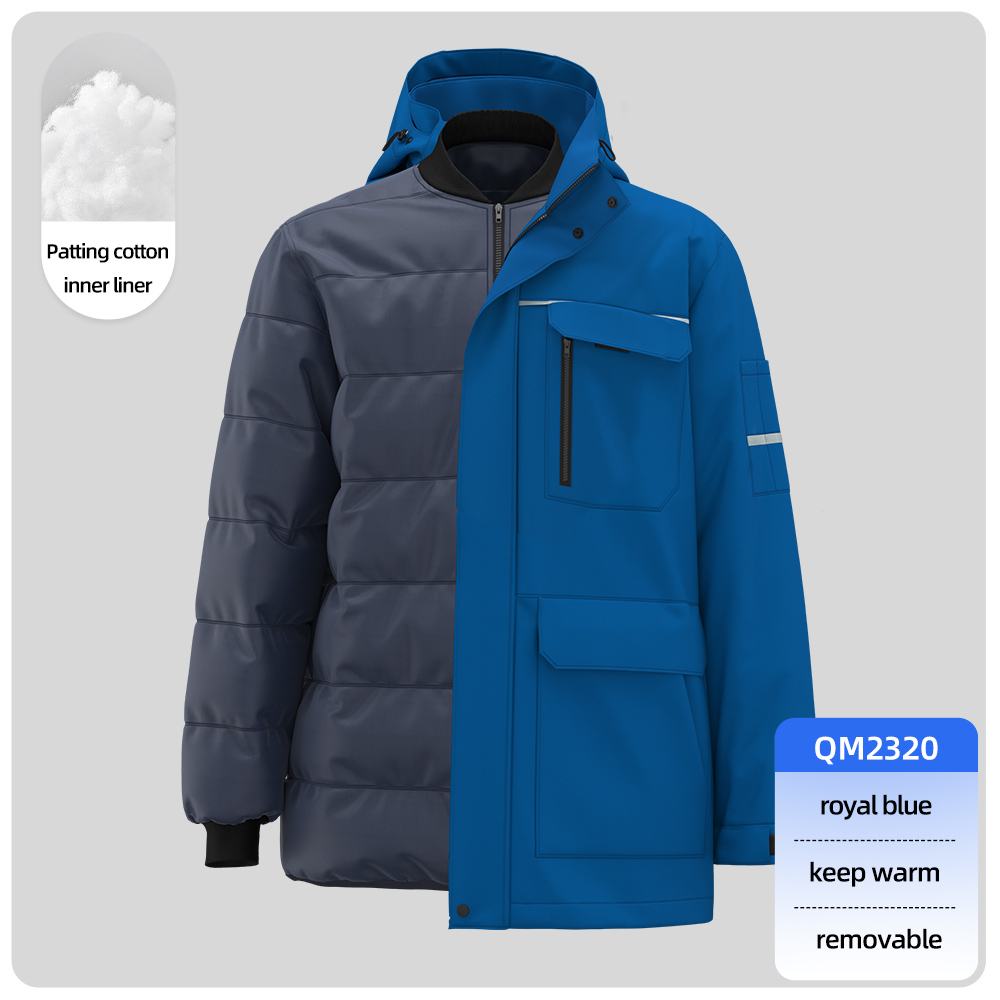Specialty workwear for maintenance workers is designed to address the unique and varied challenges they face. Unlike a single-trade worker, a maintenance professional might be doing electrical work, plumbing, carpentry, and HVAC all in one day. Their clothing needs to be a versatile “tool” in itself.
Here is a detailed breakdown of specialty workwear for maintenance workers, categorized by function.
Core Philosophy: Versatility + Protection
The goal is to provide durability, functionality, and safety for unpredictable tasks without needing a complete wardrobe change.
1. Clothing Designed for Durability & Functionality
These are the foundational garments upgraded with specialized features.
-
Materials:
-
Ripstop Fabrics: Woven with a reinforced grid pattern to stop small tears from spreading. Ideal for crawling through tight spaces or working near sharp edges.
-
Canvas & Duck Cloth: Extremely heavy-duty cotton fabrics offering superior abrasion resistance (e.g., for kneeling on rough surfaces).
-
Poly-Cotton Blends: Offer a balance of durability (from cotton) and comfort/wrinkle/moisture resistance (from polyester). Brands like Dickies , Haiyuan excel here.
-
Stretch Woven Blends: Incorporate materials like spandex for incredible freedom of movement. This is a key specialty feature for climbing ladders, bending, and stretching.
-
-
Specialized Garments & Features:
-
Multi-Pocket Pants & Shirts: Beyond standard pockets, look for:
-
Tool Pockets: Reinforced pockets sized for specific tools like pliers or screwdrivers.
-
Hammer Loops: A reinforced loop for a hammer or tape measure.
-
Cargo Pockets: With flaps or zippers to secure contents while moving.
-
Rule Pouches: Specific pockets for a tape measure.
-
Cell Phone Pockets: Often with a clear, touch-sensitive face for using a work order app without removing the phone.
-
-
Reinforced Knees: The most critical area for wear. Look for:
-
Double-Layer Knees: Extra layer of fabric.
-
Knee Pad Pockets: A dedicated slot to insert removable knee pads, providing comfort and protection when kneeling for long periods. This is a hallmark of specialty workwear from brands like Snickers Workwear,hyys® or Duluth Trading Co..
-
-
Articulated Knees & Gusseted Crottches: Garments pre-shaped to fit the body in motion, reducing strain and fabric restriction.
-
2. Clothing Designed for Specific Hazards (The “Specialty” Core)
This is where workwear becomes truly specialized based on the work environment.
-
Flame-Resistant (FR) Clothing:
-
For: Maintenance workers in plants, refineries, or facilities where there is a risk of flash fires, electric arc flashes, or combustible dust.
-
What: Shirts, pants, and coveralls made from inherently FR fabrics (e.g., Nomex® or modacrylic blends) that won’t melt or continue burning when the ignition source is removed. Brands like Ariat FR or Bulwark are leaders.
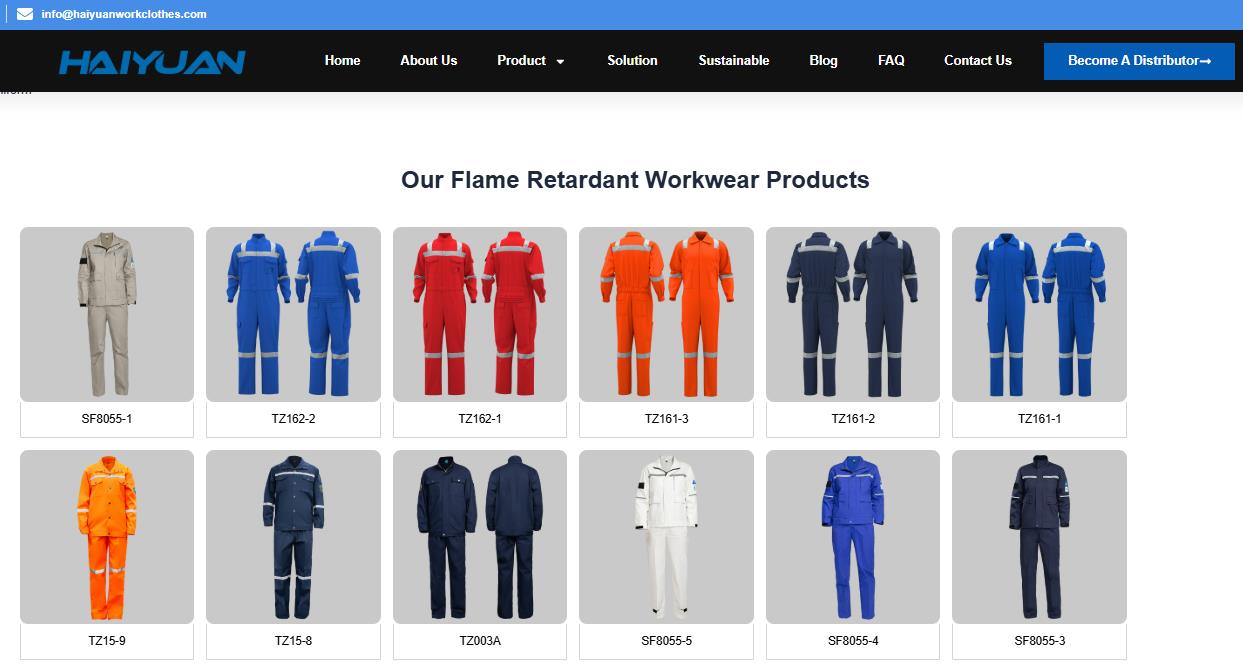
flame-retardant-clothing
-
-
High-Visibility (Hi-Vis) Apparel:
-
For: Workers in warehouses, on loading docks, near vehicle traffic, or in low-light conditions.
-
What: Not just vests. Specialty items include Hi-Vis t-shirts, polo shirts, hoodies, and rain gear that meet ANSI/ISEA safety standards for visibility.
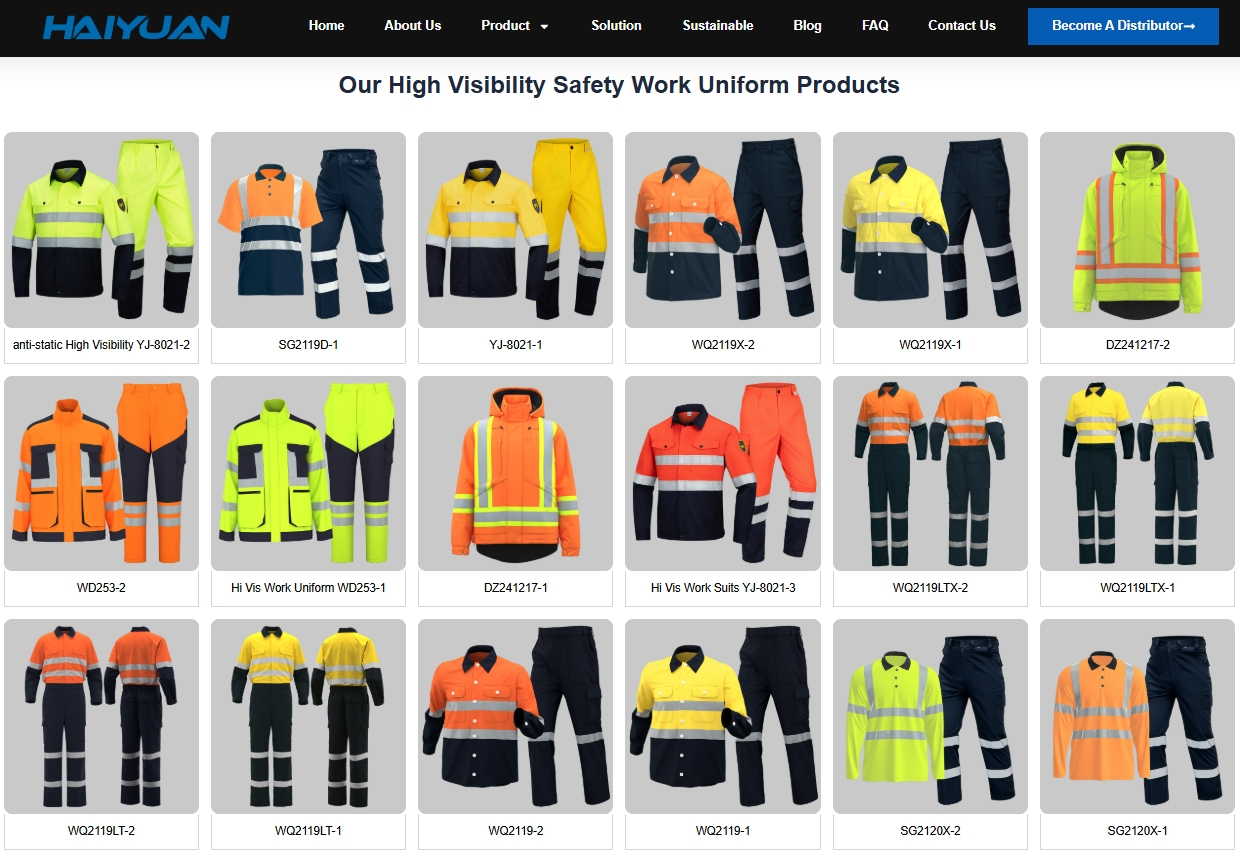
High Visibility Safety Work Uniform
-
-
Water-Resistant & Breathable Outerwear:
-
For: Any maintenance worker who may need to work outdoors or in damp conditions.
-
What: Jackets and pants made with membranes like Gore-Tex or similar technologies that keep rain out while allowing sweat vapor to escape, preventing overheating.
-
-
-
For: Extremely dirty jobs (e.g., cleaning grease traps, working in crawl spaces) or providing an extra layer over street clothes.
-
Specialty Types: Disposable (for hazardous materials like asbestos abatement), FR, insulated for cold weather, or breathable for summer.
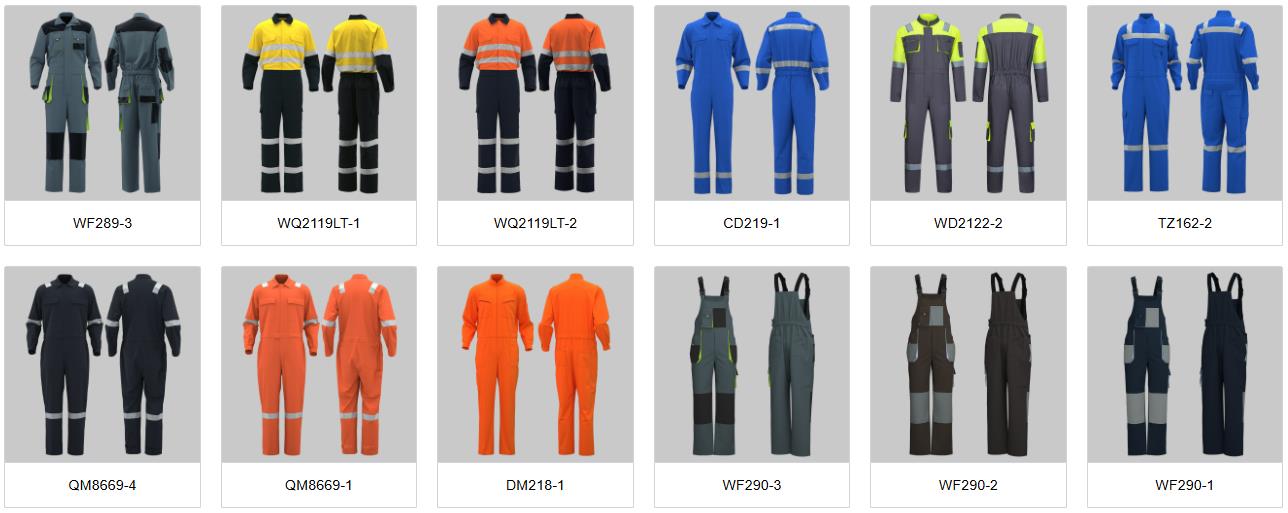
coveralls and overalls
-
3. Essential Supporting Gear (PPE)
The clothing system is incomplete without integrated Personal Protective Equipment.
-
Safety Footwear: Composite Toe Boots are often preferred over steel toe as they are lighter, non-conductive, and don’t set off metal detectors. Slip-resistant and puncture-resistant soles are critical.
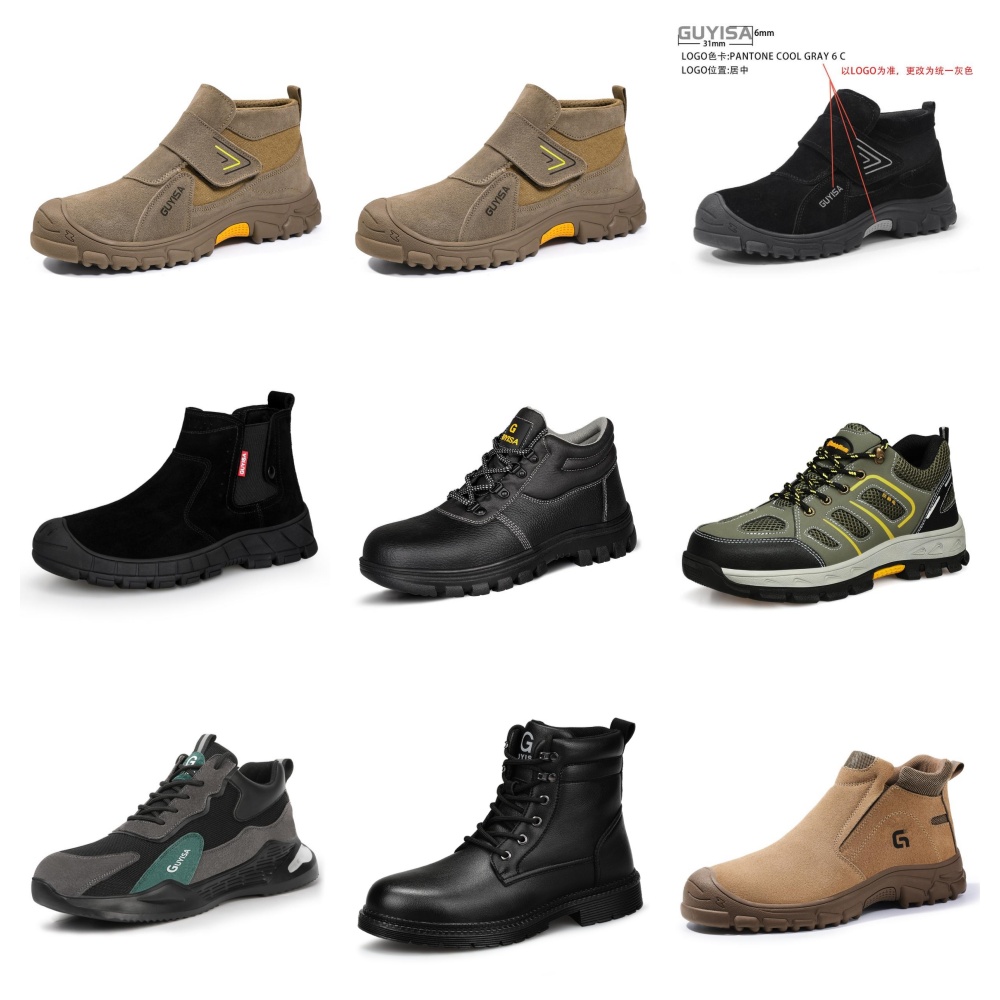
safety footwear -
Work Gloves: A maintenance worker might need several pairs:
-
General-Purpose (Mechanic’s Gloves): Offer dexterity and abrasion resistance (e.g., Mechanix Wear).
-
Cut-Resistant Gloves: For handling sharp metal or glass.
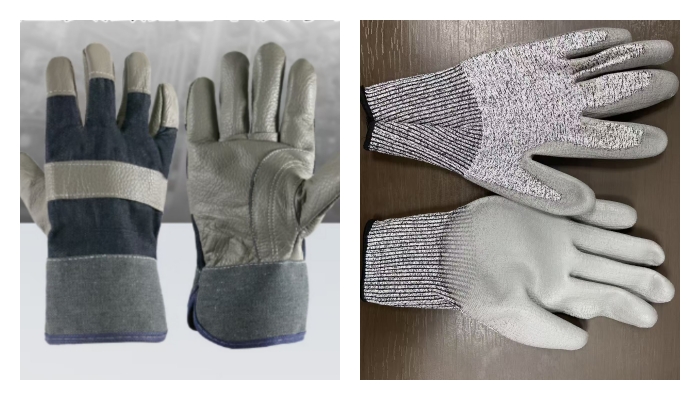
welding and cut resistant gloves -
Chemical-Resistant Gloves: For handling cleaning agents or lubricants.
-
-
Knee Pads: Either inserted into pant pockets or worn separately. Essential for comfort and preventing long-term knee damage.
-
Tool Belts & Vests: For those who need to carry a large number of tools, a specialized vest or belt system (like from Occidental Leather) distributes weight efficiently.
Summary: A Maintenance Worker’s Specialty Wardrobe
| Scenario | Recommended Specialty Workwear |
|---|---|
| General Facility Maintenance | Stretch woven pants with knee pad pockets, a moisture-wicking polo or shirt with a company logo, and a versatile tool vest. Composite toe shoes. |
| Industrial/Plant Maintenance | FR-rated shirts and pants (if required), metatarsal guard boots, and task-specific gloves. Hi-Vis elements may be integrated. |
| HVAC Technician | Durable pants with multiple pockets, knee pad inserts, and a breathable shirt. A lightweight, water-resistant windbreaker for rooftop work. |
| Grounds & Outdoor Maintenance | Weather-specific layers (breathable for summer, insulated for winter), Hi-Vis rain gear, and sturdy waterproof boots. |
Key Takeaway: Specialty workwear for maintenance workers is about anticipating needs. It’s not just tougher clothing; it’s clothing engineered with specific hazards and movements in mind, integrating protection and tool-carrying solutions directly into the garment to make the worker safer, more comfortable, and more efficient. When selecting gear, always conduct a hazard assessment to determine the exact level of specialty required.

